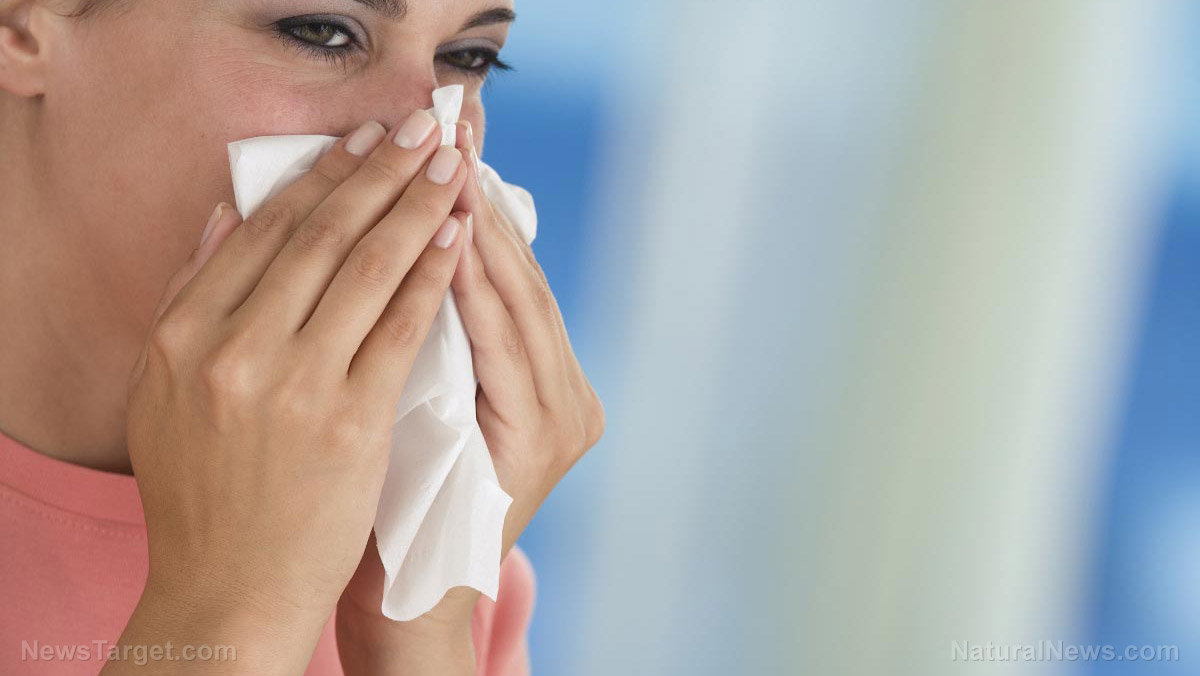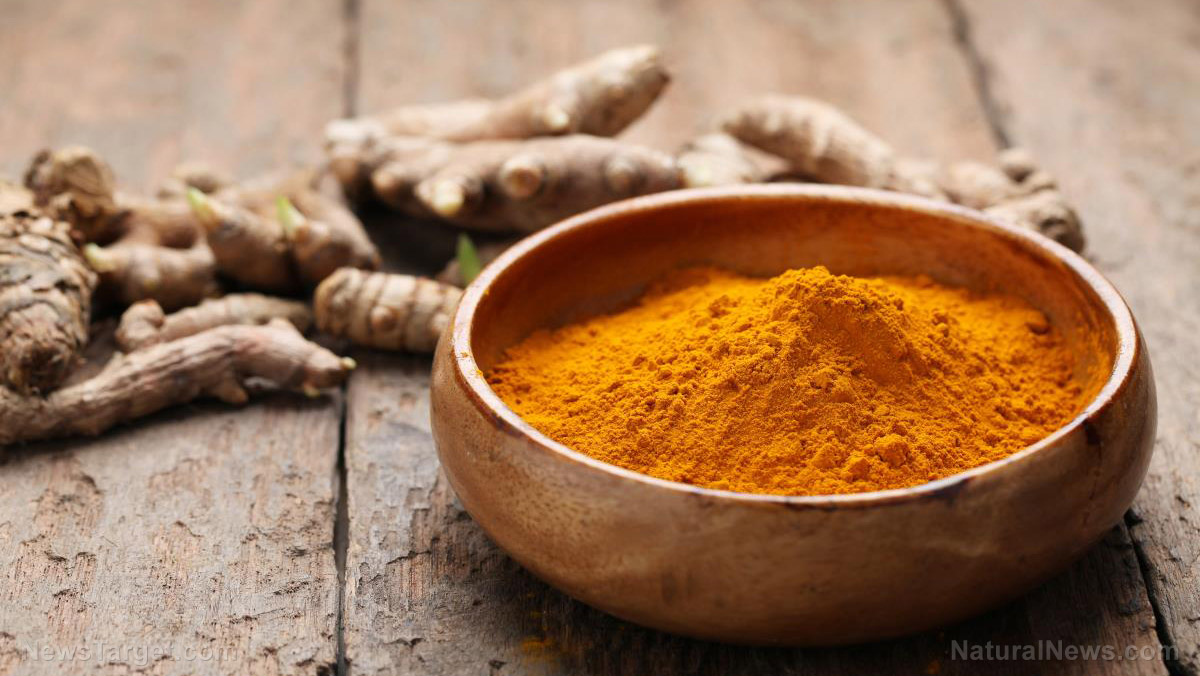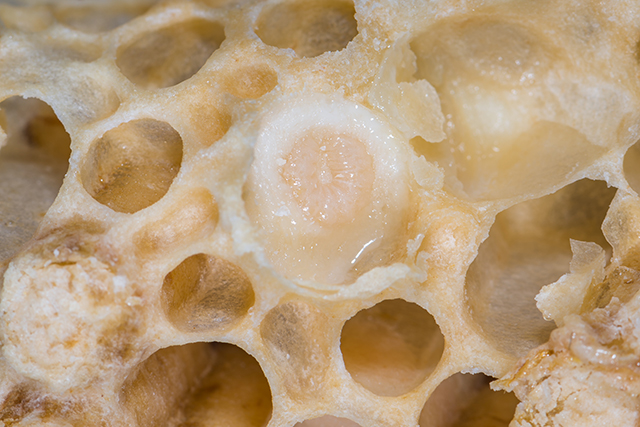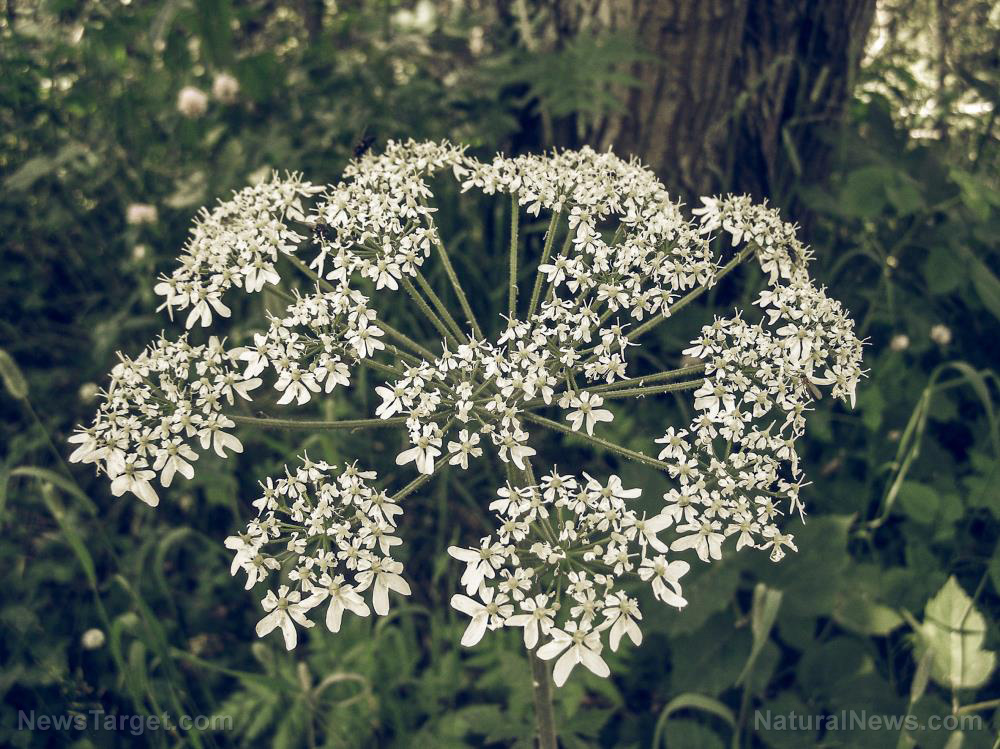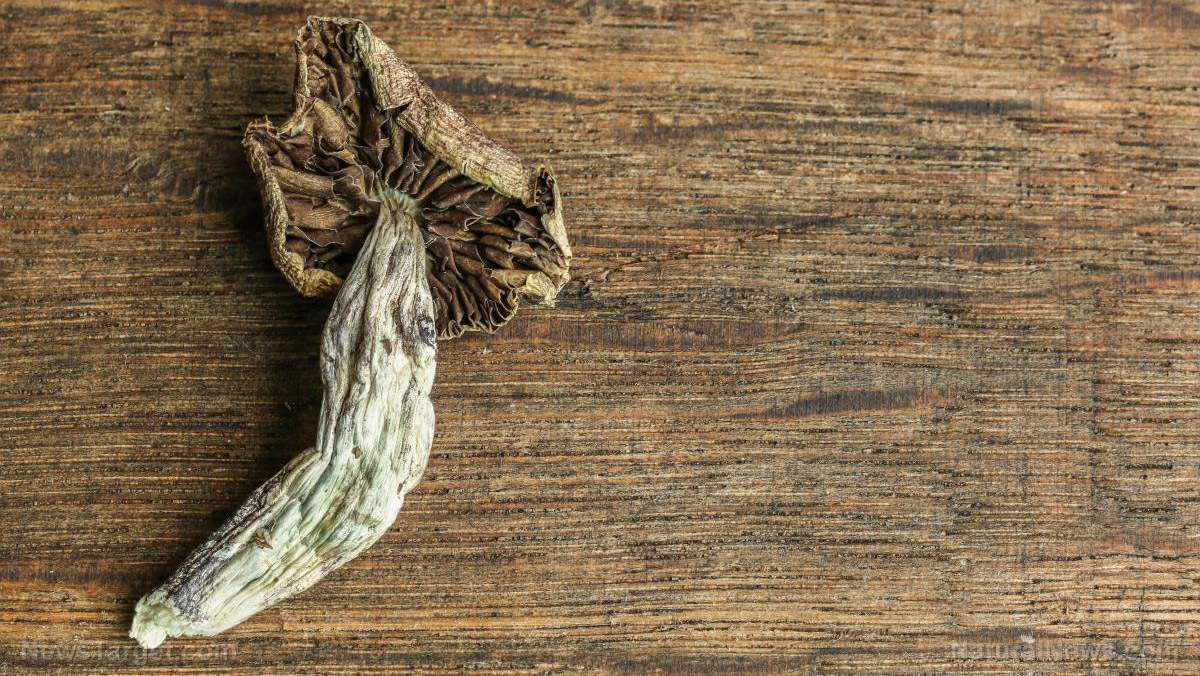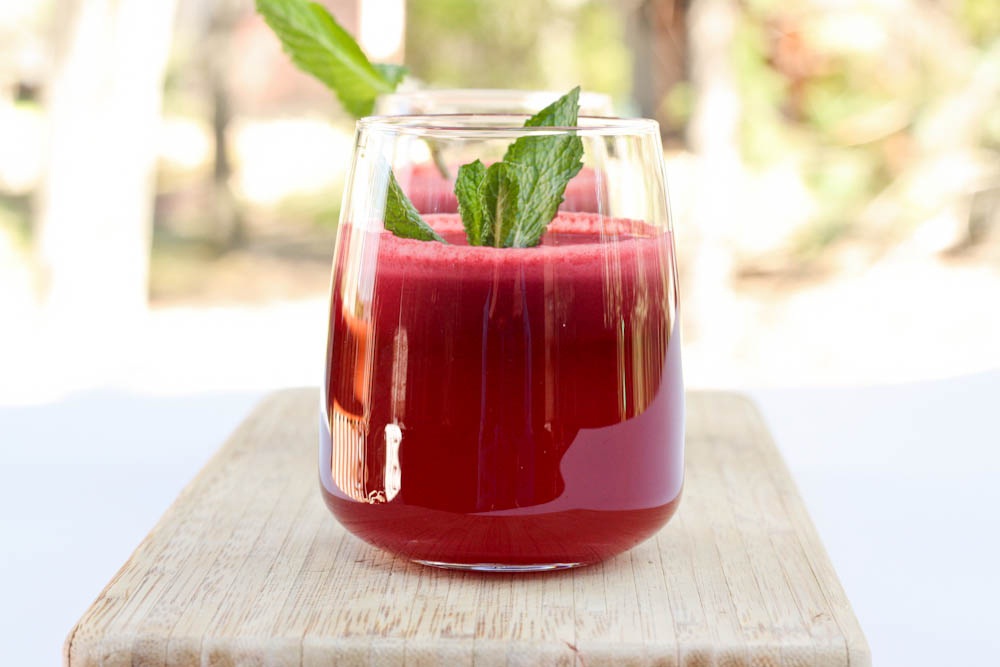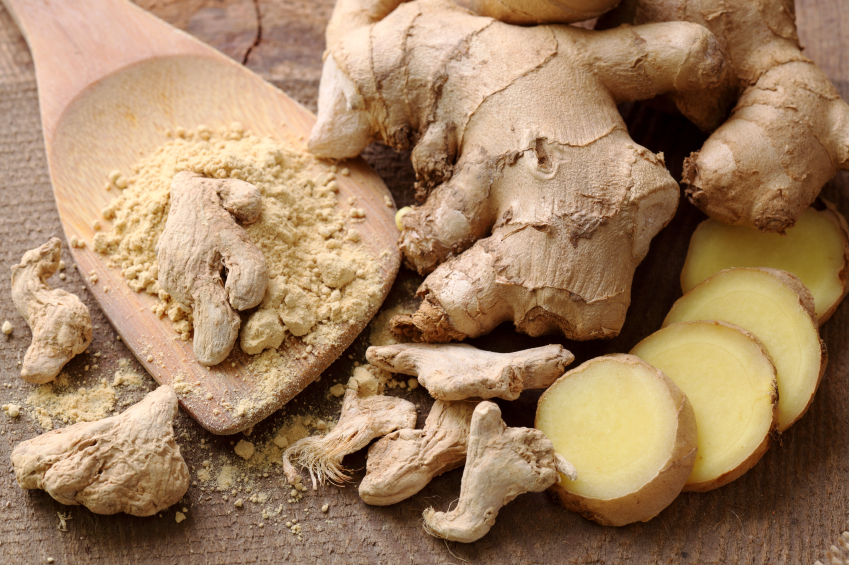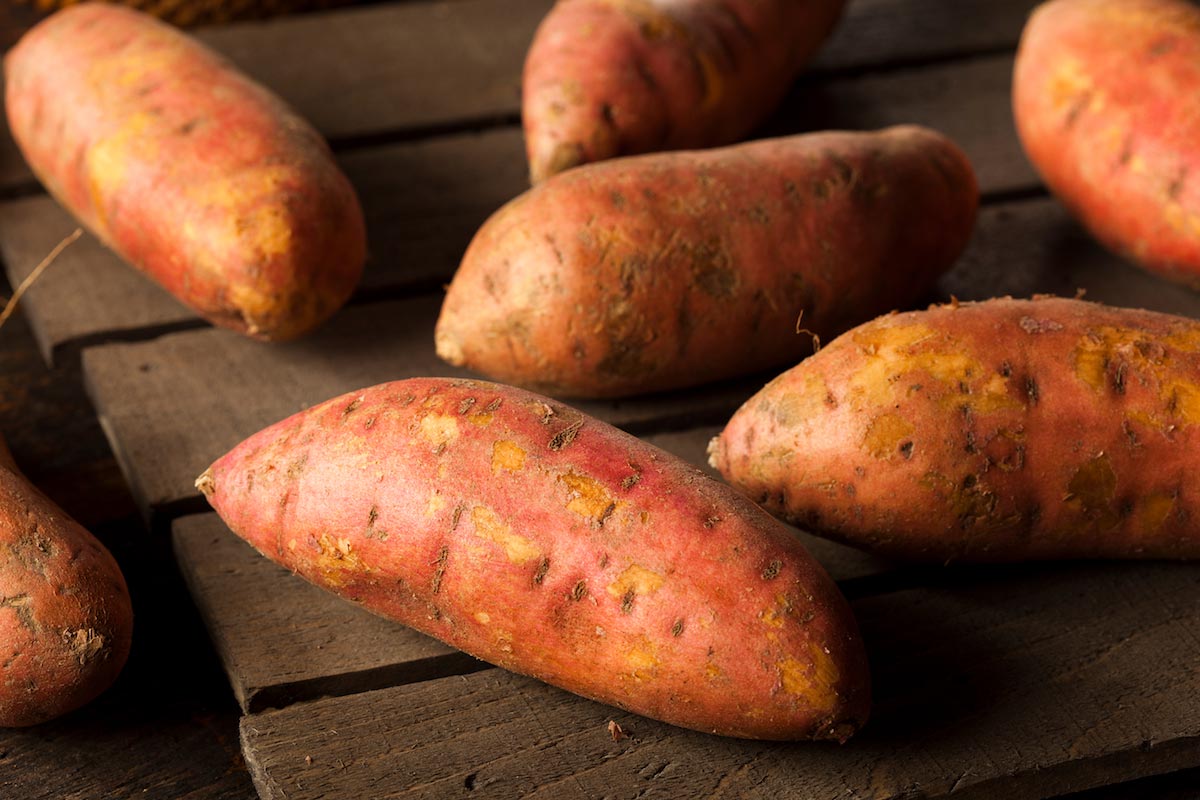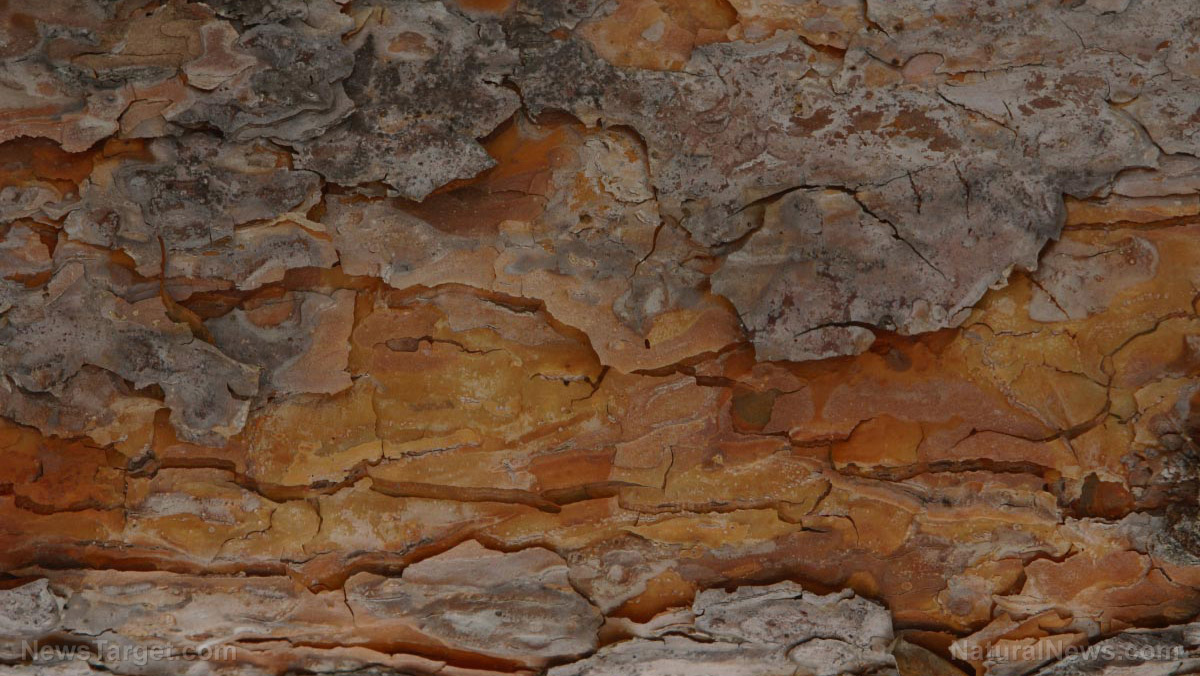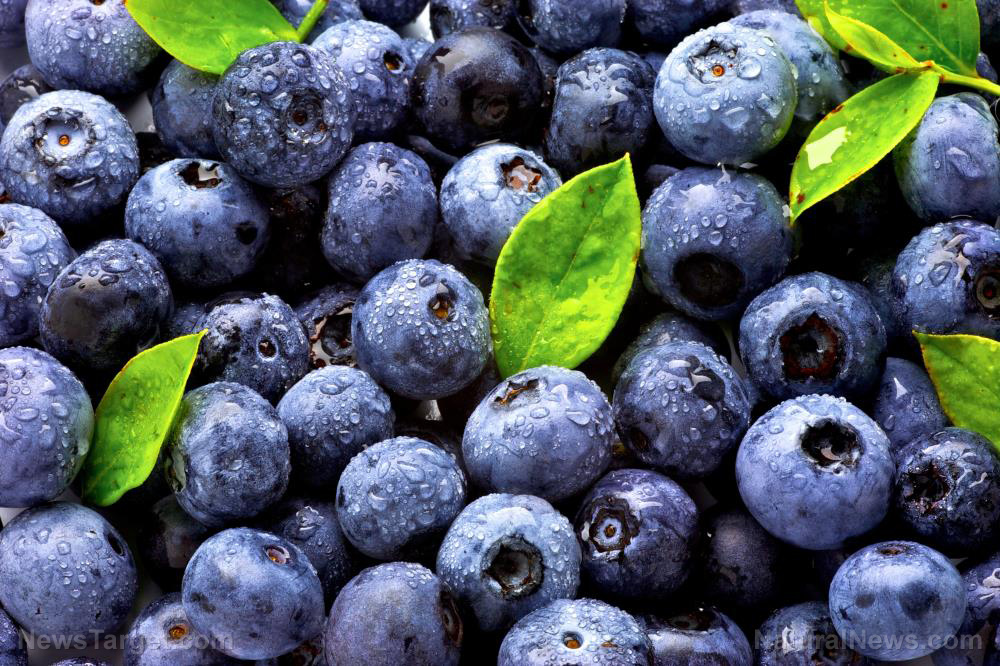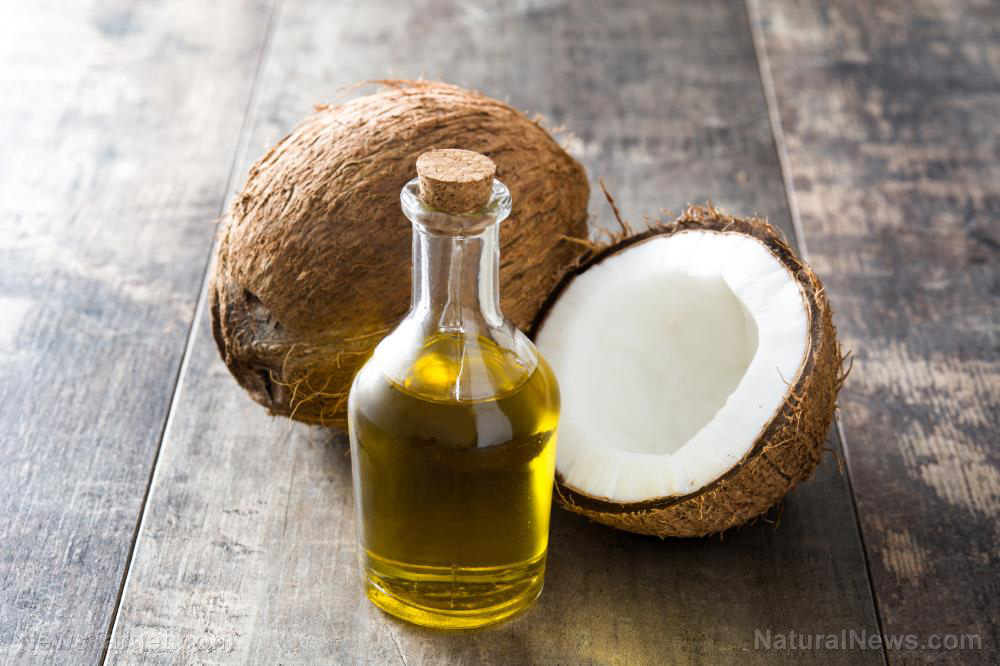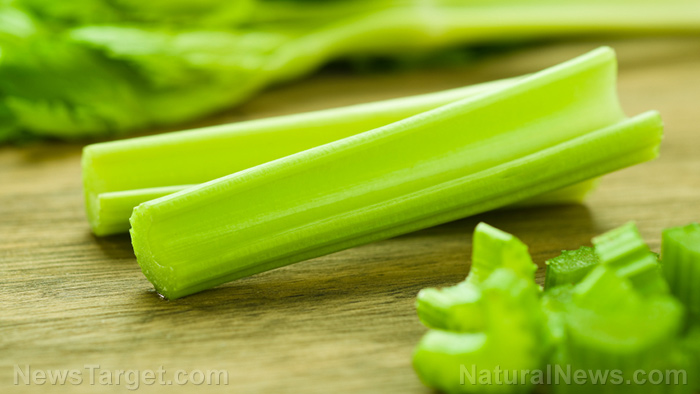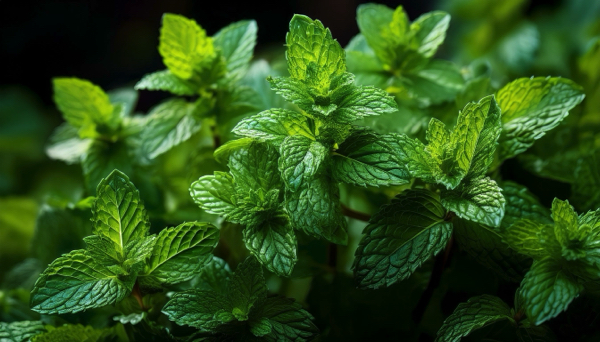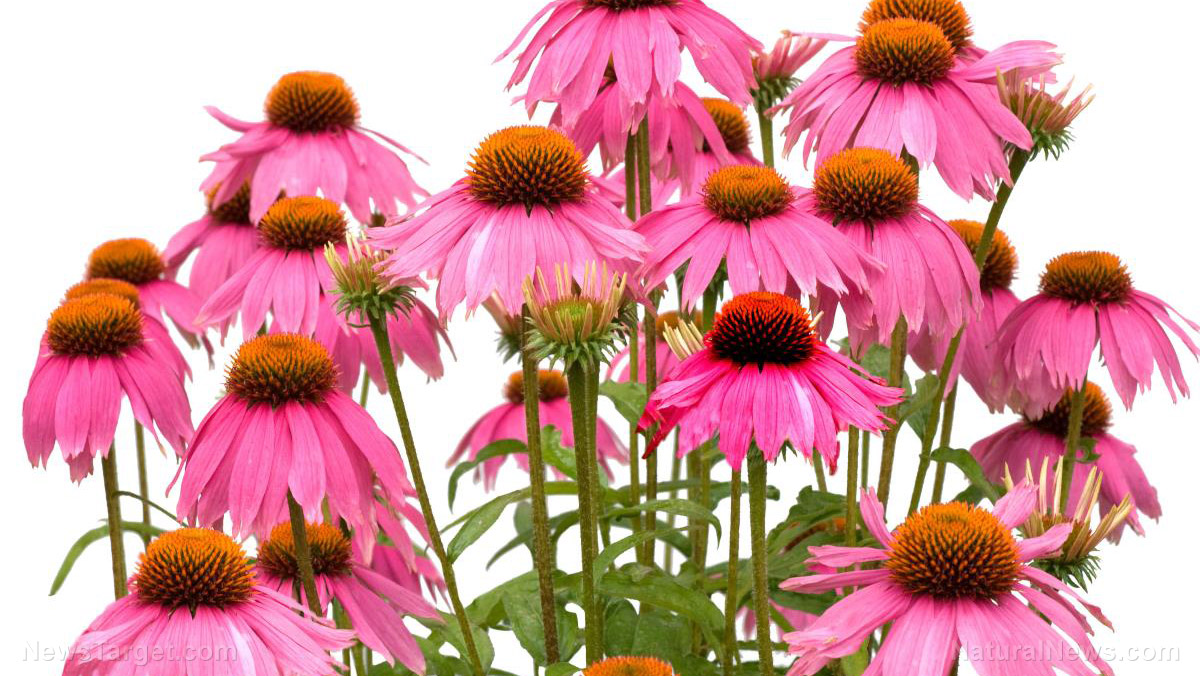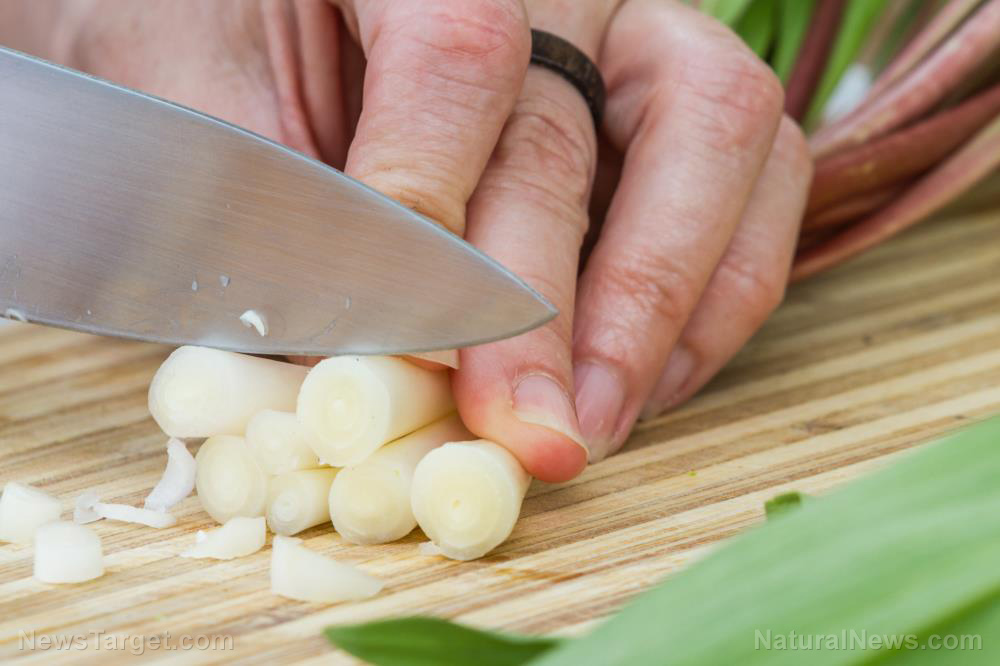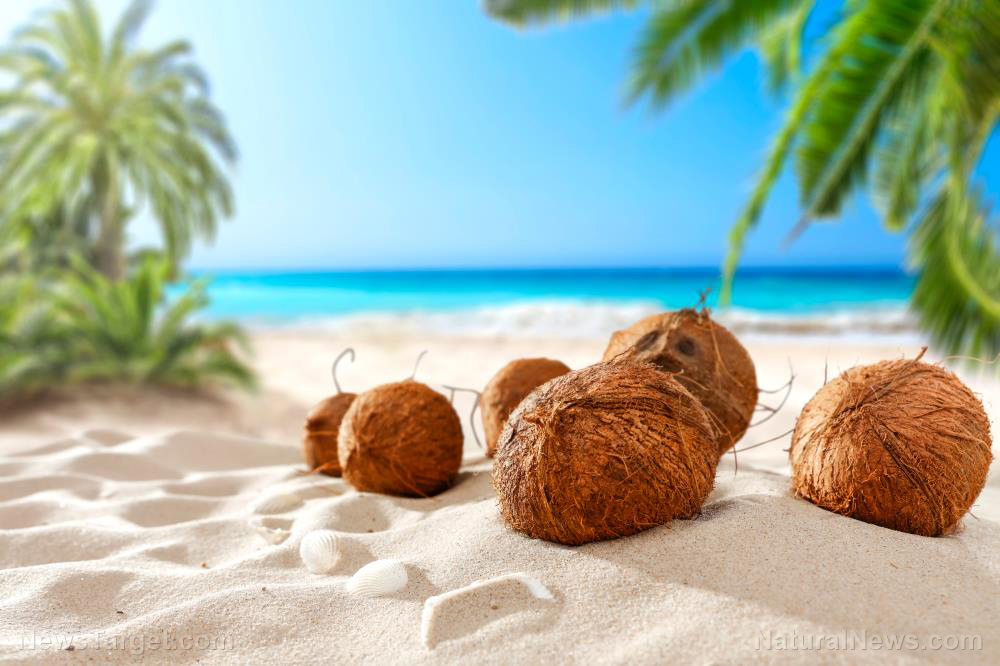Dill: Nature’s lesser-known antibiotic
12/28/2024 / By News Editors
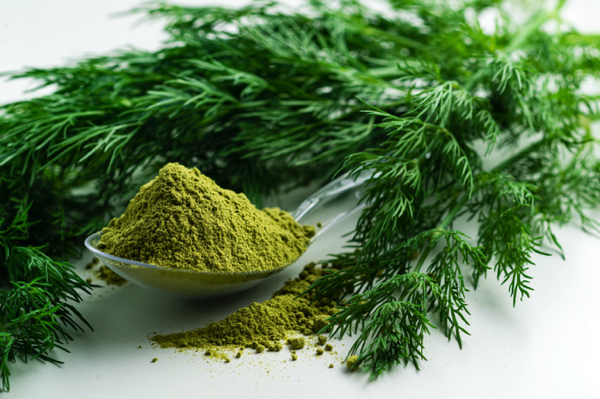
Dill is chock-full of nutrients and compounds that are widely used for reducing excess gas, aiding in digestion and boosting the immune system. But the perks don’t end there: dill also provides strong antibiotic properties
(Article republished from GreenMedInfo.com)
Anethum graveolens, commonly known as dill, has been used for thousands of years for cooking and medicinal uses.[i] Both seeds and leaves prove useful, giving off a strong, tangy flavor and serving as a garnish for a number of meals.
Most of dill’s medicinal properties are thought to come from compounds known as monoterpenes, along with minerals, certain amino acids and flavonoids. Based on the USDA National Nutrient Database, dill contains a significant amount of vitamins A and C, as well as folate, iron and manganese in trace amounts.[ii]
For babies, dill seed is a handy natural remedy. It’s deemed a miracle for infant colic, earning the title “the secret of British nannies” as it acts as the active ingredient in “gripe water,” the colic treatment taken in the British empire.
The Wonders of Dill As a Natural Antibiotic
Dill has been widely investigated for its antimicrobial action, showing potential against several bacteria strains such as Staphylococcus aureus, and the growth of al plant pathogen that causes a dangerous disease in wheat and barley.[iii]
In 2009, researchers probed the antibacterial properties of dill, fenugreek and the herb ajwain, analyzing their aqueous and organic seed extracts as well as isolated phytoconstituents.[iv] Their antibiotic effect was also compared with certain standard antibiotics used today.
The findings: their extracts showed significant antibacterial activity against all the bacteria tested, except Klebsiella pneumoniae and one strain of Pseudomonas aeruginosa. The antibacterial efficacy demonstrated by the plants provided a scientific basis for their use in homemade remedies. In addition, isolating and purifying various phytochemicals from these herbs may further lead to notable antibacterial agents.
A 2005 study isolated three known compounds from dill and concluded that they exhibited antibacterial action against a panel of rapidly growing mycobacteria.[v]
Research from 2007 also compared essential oils from three plants — spearmint, dill and peppermint — in enhancing the antibacterial activity of nitrofurantoin, an antibiotic, against enterobacteria, which includes E. coli, salmonella and other bacteria.[vi] The scientists found that spearmint and dill had the highest antimicrobial activity, containing 40.12% and 20.32% carvone, one of dill’s monoterpenes, respectively, which increased nitrofurantoin’s activity.
Other studies found dill extracts to be beneficial in killing a few fungal strains from the mold Aspergillus niger to the common yeast Candida albicans.[vii] Beyond an effective microbial killer, the herb also proves helpful in reducing menstrual cramps[viii] and fighting depression.[ix]
Dill has exhibited impressive flexibility as a medicinal food. Yet as the battle against antibiotic resistance rages on due to indiscriminate or improper use of antibiotic drugs, this natural remedy is also worth exploring to stop bacteria in their tracks — the way nature probably intended for us to do. To learn more about dill’s disease-fighting potential, be sure to review GreenMedinfo’s research database.
Read more at: GreenMedInfo.com
Submit a correction >>
Tagged Under:
alternative medicine, dill, food cures, food is medicine, food science, health science, natural antibiotics, natural cures, natural health, natural medicine, nutrients, nutrition, phytonutrients, research, Xpost
This article may contain statements that reflect the opinion of the author
RECENT NEWS & ARTICLES
consumerwellness.info is a fact-based public education website published by consumerwellness.info
All content copyright © 2023 by consumerwellness.info
Contact Us with Tips or Corrections
All trademarks, registered trademarks and servicemarks mentioned on this site are the property of their respective owners.

